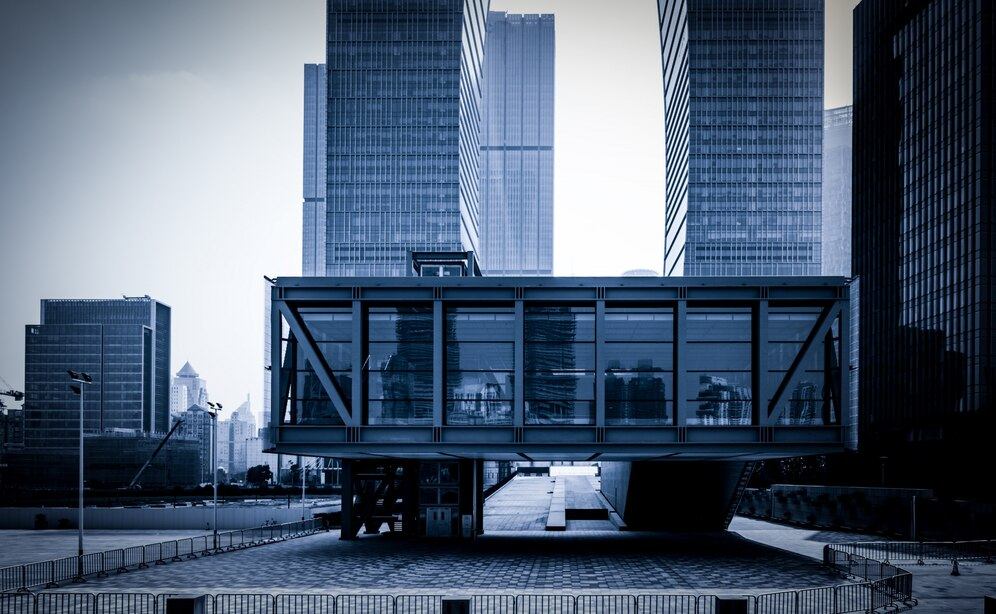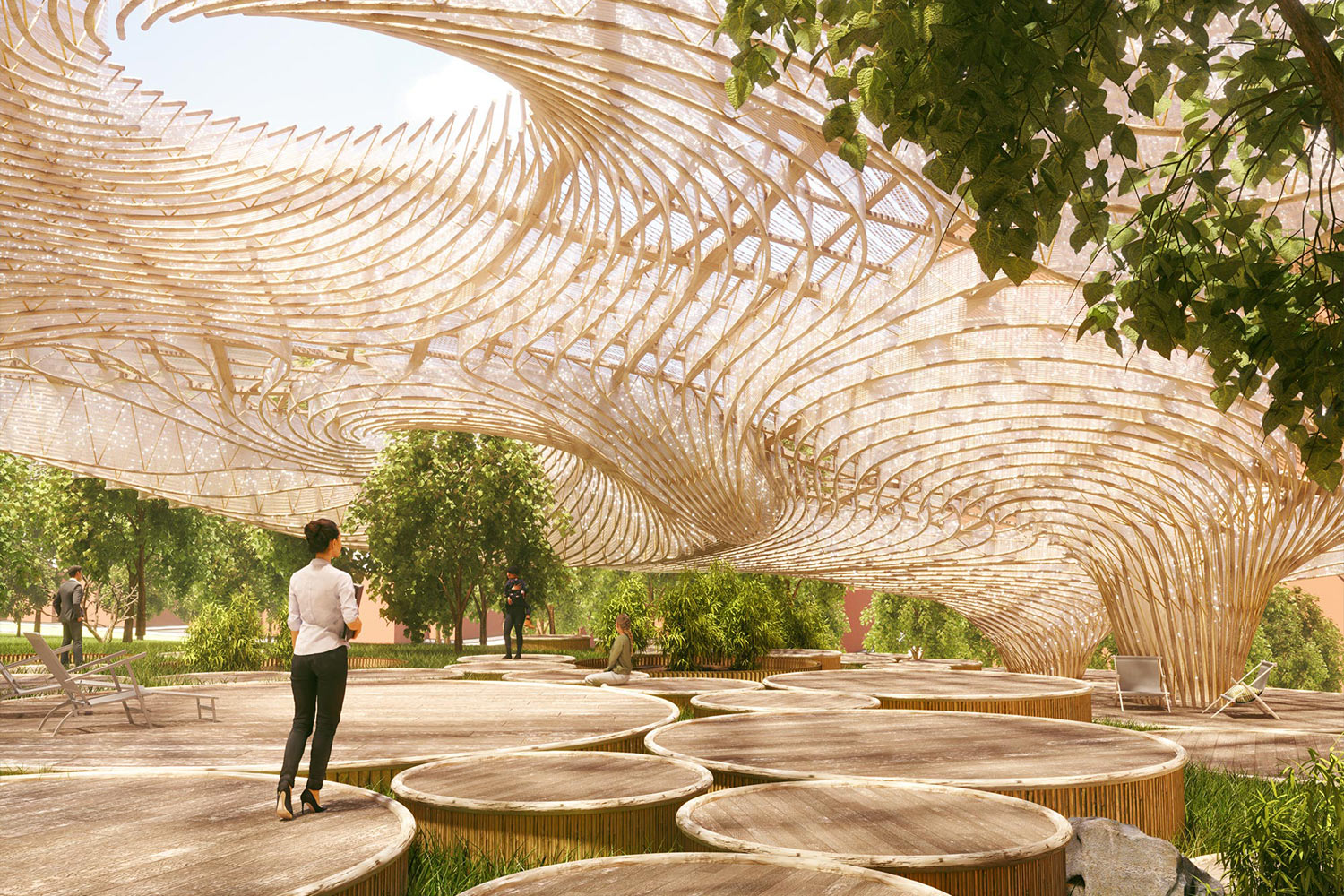It is expected that coastlines will slowly recede, which could put buildings and habitats at risk. As a result, architects worldwide are feeling more and more pressure to build and redesign buildings that can handle rising sea levels.
The Effect of Rising Sea Levels on Architecture
As sea levels rise, they create problems for infrastructure and buildings that have never been seen before. It is likely that tropical storms, higher tides, and heavy floods will happen, which can damage buildings, especially those that are near the water. No coastal property is safe from the approaching danger. This includes apartments, offices, and resorts.
Tackling the Threat with Innovative Architectural Designs
Architecture has always been able to change with the times, and the present situation is no different. As times changes, architects and urban planners are changing their plans to focus on making buildings that can handle changes in the environment. Using a general service contract to set clear building goals that take into account environmental sustainability and flood resilience is one example.
Professionals can use platforms like Lawrina to better understand and follow these contracts, as they offer a wide range of legal models. When used strategically, these kinds of agreements can make it easier for architects, building companies, and urban planners to work together, using the skills and resources of each.
When people care about protecting the environment, it can lead to new ideas and designs for buildings that protect against higher sea levels and make cities look better. Along with their desire to make buildings better, the goals set out in these contracts are also useful and show how committed architects are to protecting the environment.
Policy and Building Regulations: The Role of Government
Governmental groups play a big part in making sure that buildings are safe from rising sea levels. Here are some projects that could help architects make buildings that can withstand climate change:
- General Service Contracts: General service contracts are being used to clearly describe and enforce building rules for environmental sustainability and flood resilience.
- Sea Level Rise Projections: These building rules are based on scientific study and predictions of sea level rise.
- Revised Building Codes: Changes to the building code that allow for structures that can survive higher flood levels and making sure that these changes are followed.ver.
- Green Building Policies: Incentives or rules that prioritize environmentally-friendly architecture could be used by the government to encourage green building designs.
- Infrastructure Investment: To lower the risk of flooding, spending money on public infrastructure like sea walls, elevated buildings, drainage systems, etc.
- Regular Building Assessments: Use required periodic building inspections to guarantee they meet updated standards.
- Education and Enforcement: While strictly following the new rules, making people more aware of sea level rise and how it affects buildings.
We can align architectural practices with climate science predictions and protect our urban landscapes from environmental uncertainties by including these elements in building rules and laws.

The Role of Technology in Climate-Adaptive Architecture
Technology is now an important part of engineers’ lives as they deal with rising sea levels. Using advanced computers and simulation models, planners can guess how climate change will affect buildings and plan for them. Software with a set of climate-adaptive features helps people build buildings that can stand the test of time and changes in the environment.
For example, climate data fed into computerized design systems can make working models of buildings that can be changed to fit different water levels. Additionally, augmented reality (AR) and virtual reality (VR) technologies let builders test and see how well their designs work in real-life situations by simulating and researching possible flooding scenarios.
Furthermore, innovations in construction materials, such as water-resilient concrete and corrosion-resistant metals, augment architects’ arsenals for dealing with rising sea levels. They are making it possible to execute these ambitious designs. Meanwhile, renewable energy solutions are being integrated into designs to ensure the resulting buildings are resilient and sustainable.
This means that technology is helping builders think of new ways to deal with rising sea levels and making it faster to carry out these creative and important ideas. It is better to live in the future when science and design work together to deal with climate change.
Architecture and Rising Sea Levels: A Glimpse into the Future
As we move into a world marked by climate change, architects will have more roles and responsibilities. In addition to making buildings look good and be helpful, they need to be strong and last a long time so they can withstand rising sea levels. It’s no exaggeration to say that the future of architecture must rise to the occasion by merging innovation, functionality, and sustainability.
Contrary to the past, when such adaptive architecture might have been seen as overcautious, it is now a highlight of a forward-thinking general service contract. Also, these new designs don’t mean giving up on good looks; they make room for one-of-a-kind buildings that can handle the problems caused by climate change.
Not only is architecture about building huge structures, but it’s also about understanding and reacting to how the environment works on Earth. Architects, supported by policies and regulations, are now the vanguards on the front lines of designing for climate change and combating its potentially disastrous effects.
Given the climate changes, rising sea levels present an opportunity for architecture to increase collectively. As a result of this task, architects can explore new areas. If everyone works together, we can create long-lasting, strong, and beautifully designed works of human persistence and adaptability.
Community Engagement in Sustainable Architecture
The way architects plan for higher sea levels should also include ways to involve the people who live nearby. Find out more about the environment, climate, and supplies in these places from the people who live there.
Buildings are more likely to be environmentally friendly and meet people’s needs when they are planned and designed by people in the area. It can also help protect the historical and cultural values of the place and make it stronger in case climate change happens in the future.
Participation of the community in decision-making can also help projects be accepted and succeed. Locals can then donate money to help keep them up and publicize the event.
At the same time, getting the community involved in climate-adaptive design makes people talk about climate change at the local level. Locals can change how they act and learn about the need for climate adaptation. They can also learn what they can do in their daily lives to fight the effects of climate change.
Therefore, community engagement becomes essential to sustainable and resilient architecture. It fosters a sense of ownership, pride, and personal responsibility toward the environment among local people. By leveraging local knowledge and promoting community engagement, architects can create truly sustainable and resilient designs that can withstand rising sea levels and other impacts of climate change.
Architecture is naturally flexible, as shown by how it has reacted to rising sea levels. Architects all over the world are changing how we build and live by thinking about what could go wrong and planning ahead. This is how we all fight climate change together. Structures that adapt to changing weather and keep homes safe from higher sea levels will win out in the end.


















Leave a comment